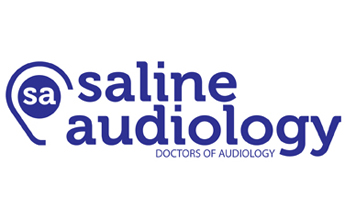Truth or Myth
Myth: Hearing aids are like eyeglasses.
Hearing and vision are both major senses that connect us to the world. Hearing aids and eyeglasses are frequently compared as assistive devices; however, the two can hardly be compared. Eyeglasses are a mechanism to immediately assist the eye to focus and do not require vision training to wear them. Hearing aids are responsible for helping the brain perceive pitch, duration, loudness, timbre, sonic texture and spatial location of sounds. Sounds can tell us where things are, if something is moving, how far or near an object may be, and more. Sound waves travel through a medium, such as air or water, and are captured by our ears and perceived by our brain as a sound. Sound also gives us the ability to communicate and understand spoken language. With hearing aids, the brain needs time to adjust to the sound coming through the hearing instrument. Because of each individual’s unique ability to hear various frequencies, hearing aids need to be programmed to a patient’s hearing ability. Fine-tuning may take several trips to the audiologist or hearing healthcare professional. Even the most advanced hearing aids will not restore hearing 100 percent and individuals may need auditory training to help the brain process sounds.3
Leave a reply